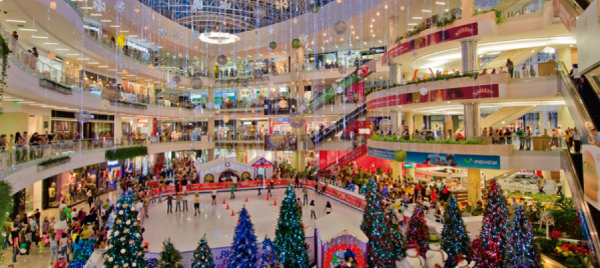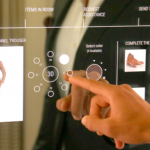The retail and mass consumption sector will back 3.2% in this Christmas campaign, according to EY Peru.
During this year’s Christmas campaign, the retail sector and mass consumption will fall 3.2% in the Peruvian market compared to December 2016, although there has been an increase in the number of buyers since July and a better consumption due to the globalist fever, as revealed in its report EY Peru consultant.
Although football fever slightly overshadowed the start of the Christmas season, retail and mass consumption companies have been launching offers since the end of October as a strategy to counteract the slight drop in consumption that was expected, compared to the Christmas campaign of 2016.

For the Chamber of Commerce of Lima, the demand for gifts and food for Christmas 2017 could decrease due to the expense or indebtedness that many families had to assume as a result of the events of the Coastal Child Phenomenon.
“In the north of Peru, the influx of buyers to retailers has had a constant increase in recent months (5.1% in July, 7.8% in August, 10.5% in September and 12.9% in October) unlike what has been happening in Lima and in the southern region. Despite the outlook, the sector shows strong growth due to the opening of new shopping centers, “said Mireille Silva, Audit Partner of EY Peru.
However, Silva indicated that expectations continue to be auspicious throughout the sector. “Especially, this year sales in traditional channels (markets, galleries, warehouses, among others) will be superior to those of the modern channel (supermarket, shopping centers, online stores, among others),” he said.

According to the pollster GfK, in its 2016 survey about the Christmas campaign, 72% of Peruvians had planned to carry out their Christmas shopping in traditional channels, while 34% thought of doing it in modern channels; and it is expected that the trend will continue for this 2017.
“The reading of this statistic makes it clear that Peruvians are still willing to spend at this time, and identify traditional channels as cheaper and more profitable places to buy. Fortunately, the conjuncture of the classification to the soccer world cup has been a fact taken advantage of by many companies, especially of the textile, garments and household appliances “, the specialist emphasized.
Usually, the months of September, October and November are the most dynamic, since in that period the companies finance their inventories for the Christmas campaign. In this period, the sum of the products imported and acquired locally by the retail and mass consumption companies grew 5% compared to the same period of 2016, according to the logistic operator Dinet.
In 2016, Peruvians disbursed S / 540 million in food (panettone, turkey, hot chocolate, etc.) and more than S / 1,263 million in gifts only for Christmas. However, the demand for gifts for Christmas this year could decrease due to the expense or debt that many families had to assume for coastal El Niño.
For its part, the RDC consultancy, indicated that in December it is expected that the affluence of public in retailers back 3.2%, compared with December 2016. Additionally, Apoyo Consultoría mentions that 2017 will close as the year of lower growth of the last decade, taking into account that the basket of mass consumption between January and August contracted by 5.4%.
On the other hand, EY Peru indicated that in 2018 the sales of the main retailers are expected to improve, with non-conventional formats leading the growth of the sector. “The trends that will shape the business environment will be: the arrival of new international competitors (IKEA, Amazon), the expansion to the provinces of shopping centers, and the accelerated growth of the online channel,” concluded the EY Peru specialist.
Taken from: PerúRetail


 Español
Español




